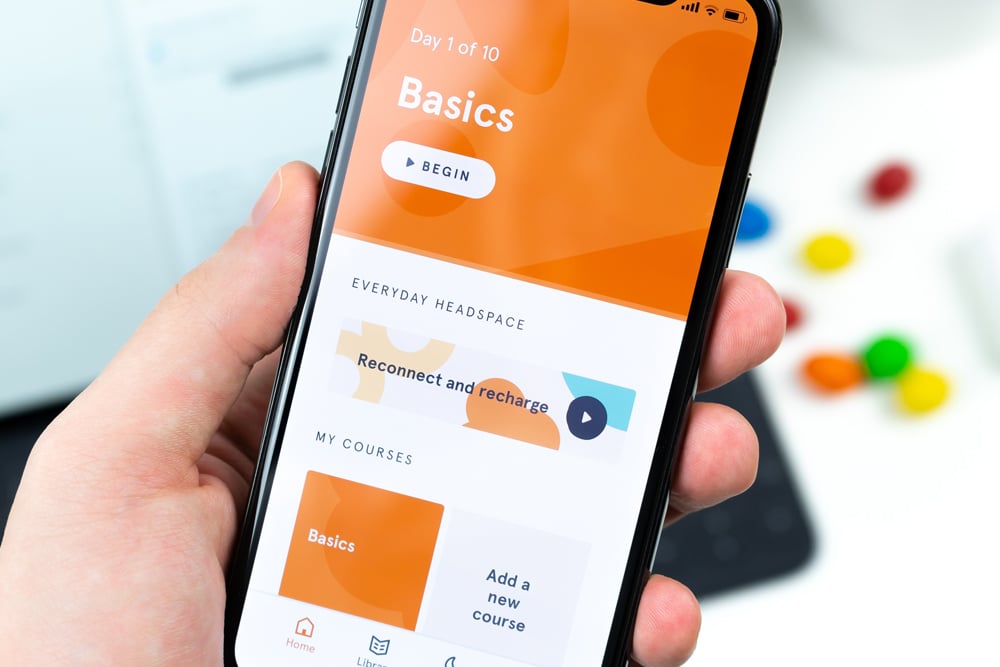
US adults spent over 3 hours and 35 minutes on mobile devices in 2018, according to eMarketer. 90 percent of the time on mobile last year was spent engaged with apps. Despite mobile applications' incredible popularity for entertainment, messaging, and shopping, simply having an app is no longer a competitive advantage for brands.
The average mobile app loses 77 percent of its daily users within three days of installation, while the most successful applications have over a 50 percent retention rate over three months. Marketers must create a mobile engagement which drives customer engagement by achieving an x-factor growth hackers call "app stickiness."
A sticky product is a product which In Medium, VC firm Sequoia explains the art of a sticky product as follows "if it makes you happy...you become an active user...engagement drives stickiness, which drives retention—and that, in turn, drives growth."
What is a sticky app and how do you measure it?
Sticky apps can be measured in analytics, using metrics like daily active users (DAU), monthy active users (MAU), and customer churn. long-term mobile app health. A formula proposed by App Partner suggests the single most-effective formula for measuring long-term stickiness of an app is the following equation, in which "power users" are defined as people who open an app 10 or more times each month and loyal users are people who return to an app within three months of the first session:
Power Users + Loyal Users = App Stickiess
Power users and loyal users aren't the only success measure of sticky apps, but all definitions have a few characteristics in common. A sticky app is a a mobile app which makes users happy and satisfied, so they want to return to the mobile experience repeatedly and use it on a regular basis. What's also clear is the fact "stickiness" is going to vary significantly depending on customer journeys and personas--a hotel app which is "sticky" for 50-70 year-old affluent travelers will probably have a far different user experience (UX) than a sticky app for 20-30 year old urban millennials trying to book salon services.
Creating a sticky app requires strong customer knowledge and design thinking principles, including research and continuous measurement to improve your app post-launch. The following best practices can be applied to creating a sticky app for any use case, customer journey, or industry or deepening customer engagement with an existing application that's already been launched.
5 Characteristics of Sticky Apps
- Solve a Problem
The purpose of your application should be to provide a clear solution to your customer's problem, such as easy hotel booking or saving money while grocery shopping. Adding app features just because the CEO thought it was impressive can waste development resources. Focus on providing a clear solution through an app that performs well across platforms, and use design thinking principles to map your customer's journey. Test carefully and remember, just because the utility is clear to a group of developers doesn't mean it makes sense to your target customer.
- Create a Beautiful UX
Your app should solve a problem, but it should also delight your customers by being easy on the eyes. Use rich textures and appealing design to create a clear, intuitive user experience (UX) which pleases your customers without distracting from the problem the customer is trying to solve.
- Onboard New Users
Customer trust is hard won, and easily lost. Create a clear process of initiating new users into your app by showing off the most important features and making it clear how to make the most of the application experience. Be clear how you'll use their data and protect security and avoid being confusing by using complex legal jargon. The app onboarding process should provide a high-level process of how to use the app and establish trust between you and the app user.
- Use Data for Personalization
Your application power users are a valuable resource for data on how yuor customers engage with the application, the most popular features, and customer demographics. Use this data to improve your application and create app personalization such as specialized offers and push notifications to deepen customer engagement and improve long-term customer retention among both power user and loyal user demographics.
- Understand Your Users
Today's mobile users have no shortage of choice. There are over 2 million apps available to both Android and Apple users. If your app doesn't fit the intended purpose, they'll likely find another app which meets their needs better. You don't have a third or even second chance in today's crowded mobile marketplace to create a power-user relationship. Your mobile users want to feel like you understand them and have built an app specifically to meet their needs.
A sticky app is an app which your users can trust because it feels trustworthy, which provides the right tools necessary to accomplish a task efficiently. It's also visually-appealing and satisfying to use. Constantly solicit customer feedback and pursue perfection in your mobile app experiences to understand how your users interact with mobile devices and solve problems digitally.
Creating a Sticky App in 2021
How do you create a sticky app in 2021? You understand the importance of customer research and design thinking in creating effective mobile customer experiences. By putting the customer journey at the center of your application user experience, you can create a satisfying mobile experience which creates long-term engagement, retention, and growth.
Related Posts
The Rise of New and Innovative Probiotic Beverages
Fueled by the COVID-19 pandemic, consumer interest in functional beverages that support health and...
Three Ingredients Shaping the Functional Beverage Industry
The global beverage market size is expected to reach a staggering $1 trillion in 2022, up from $750...
UX, UI, Visual Designers and more – the many design roles of Technology
Design isn’t the window dressing to your website, application, or software development project....
